In a world dominated by digital documentation, the humble sketchbook offers a profoundly different way to experience remarkable places. Drawing—regardless of artistic skill level—forces slower observation, deeper attention to detail, and a more intimate connection with surroundings that often escapes the camera-equipped traveler. Certain destinations seem specifically designed to reward those who arrive with nothing more than empty pages and the willingness to fill them with personal impressions.
Here is a list of 17 places where a sketchbook becomes the perfect travel companion, capturing experiences that photographs simply cannot replicate.
Venice’s Hidden Canals
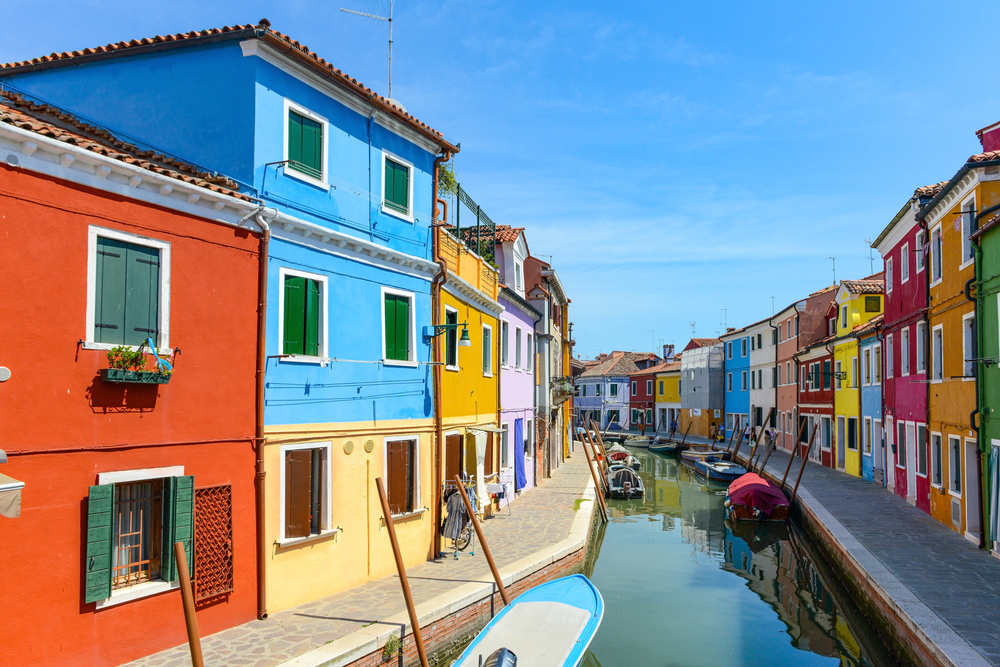
Away from the Grand Canal’s tourist-filled vaporetti, Venice’s smaller waterways reveal the authentic rhythms of a city that has functioned without cars for centuries. Narrow bridges cross canals barely wide enough for passing gondolas, creating perfect vantage points for sketching both architecture and daily life.
The quality of light reflecting off the water onto centuries-old buildings creates constantly shifting patterns that challenge both observation skills and drawing techniques. Residents hanging laundry from windows or delivering goods via small boats provide human elements that bring architectural sketches to life.
Kyoto’s Temple Gardens
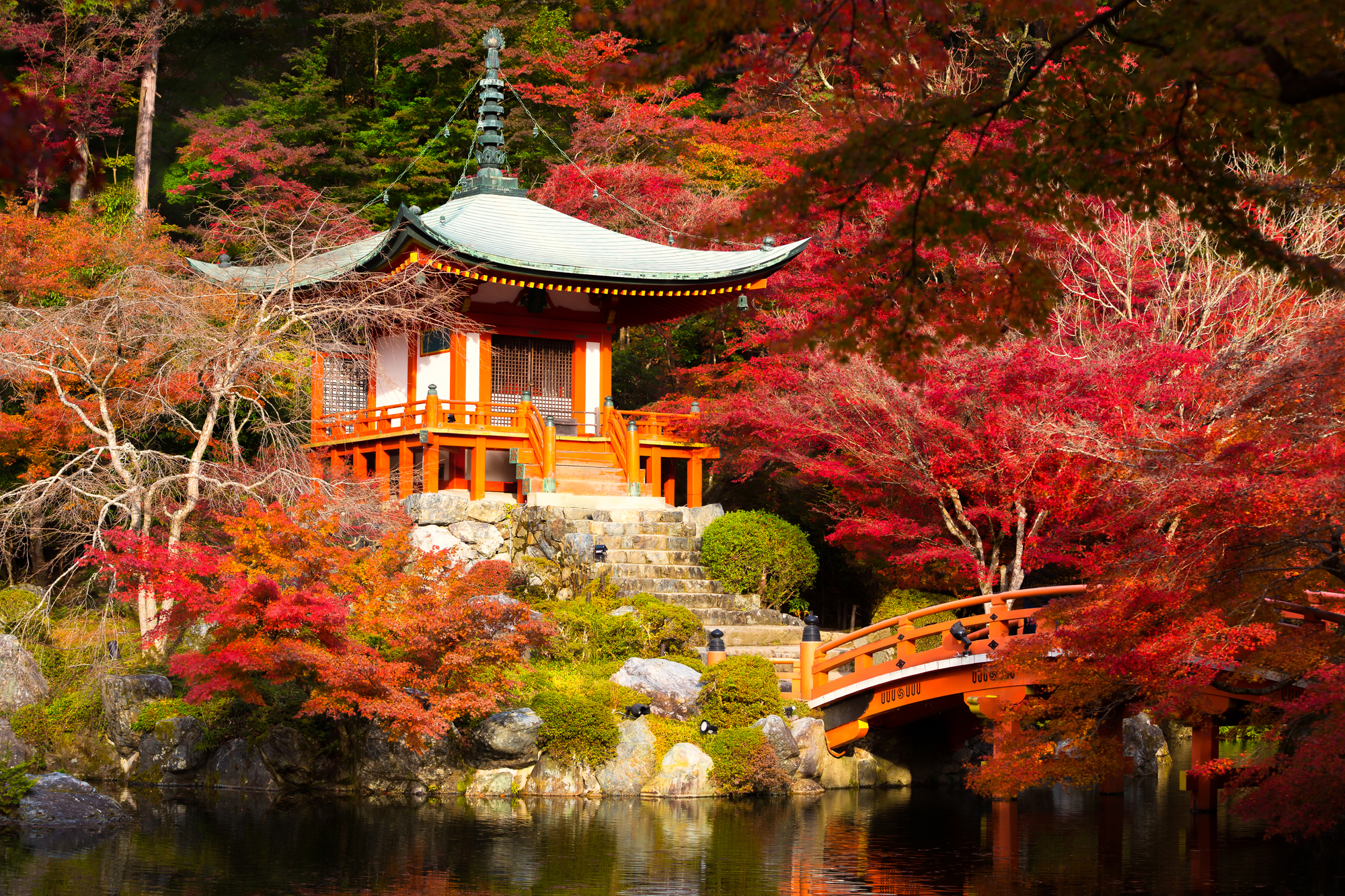
Japan’s ancient capital contains dozens of meticulously designed gardens specifically created for contemplation, making them natural environments for thoughtful sketching sessions. Seasonal changes transform these spaces dramatically—from spring cherry blossoms to autumn maples and winter snow on stone lanterns—rewarding repeat visitors with entirely different drawing subjects.
The deliberate compositional principles underlying these gardens provide natural lessons in perspective, balance, and visual harmony for sketchers of any experience level. Morning mist or afternoon shadows create atmospheric effects that photography struggles to capture, but sketching can be suggested through simple techniques.
Like Travel Pug’s content? Follow us on MSN.
Marrakech Medina
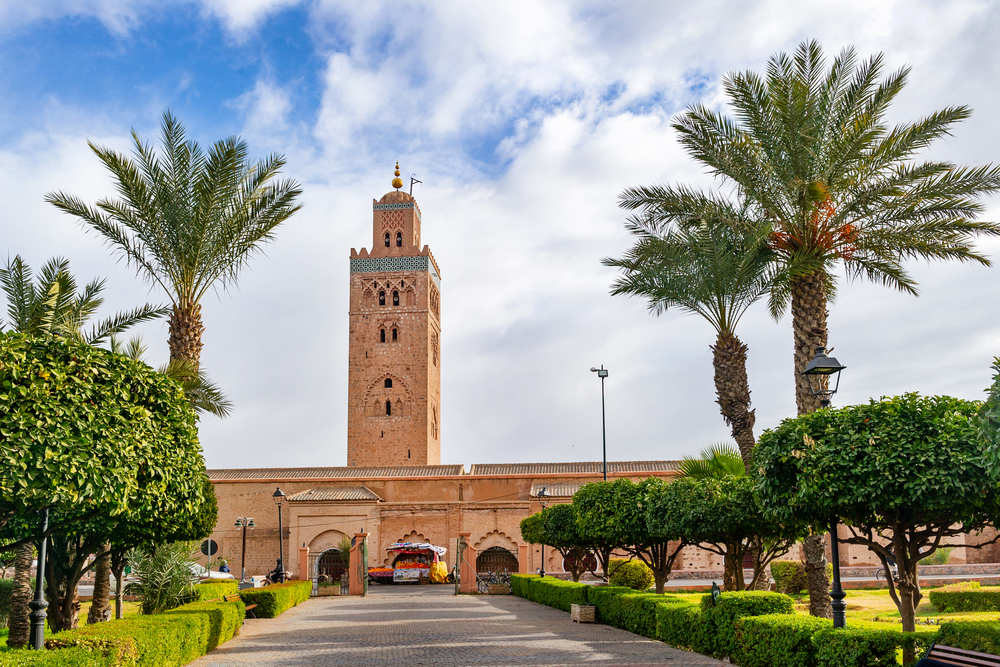
Morocco’s ancient walled city center presents a sensory overload that sketching helps process and appreciate, forcing focus amid the beautiful chaos. The interplay of light and shadow in narrow alleys creates dramatic contrasts perfect for practicing value studies and spatial representation in drawing.
Market stalls displaying spices, textiles, and handicrafts offer colorful still-life opportunities alongside architectural studies of ancient doorways and courtyards. Local artisans demonstrating traditional crafts provide moving figures that challenge observational drawing skills while connecting tourists with cultural heritage.
The Scottish Highlands

These ancient mountains present landscape drawing opportunities that change dramatically with weather conditions, sometimes transforming completely within minutes. Stone cottages and ruins provide scale references that help communicate the landscape’s immensity when included in sketches of broader vistas. The constantly changing quality of light through fast-moving clouds creates brief moments of dramatic illumination that cameras often miss, but attentive sketchers can capture. Primitive roads winding through valleys naturally draw the eye through compositions, creating intuitive lessons in leading the viewer through a drawing.
The Ancient Agora of Athens

This birthplace of democracy surrounds visitors with ruins that sketching helps mentally reconstruct, creating a deeper connection with history through careful observation. The Doric columns of the Temple of Hephaestus create perfect subjects for practicing perspective and proportion, with their mathematical precision offering natural drawing lessons.
Olive trees that have witnessed centuries of history provide organic counterpoints to architectural remnants, creating balanced compositional opportunities. The site’s elevation changes allow sketchers to find numerous vantage points showing relationships between structures that flat photographs struggle to communicate.
Like Travel Pug’s content? Follow us on MSN.
Varanasi’s Ghats
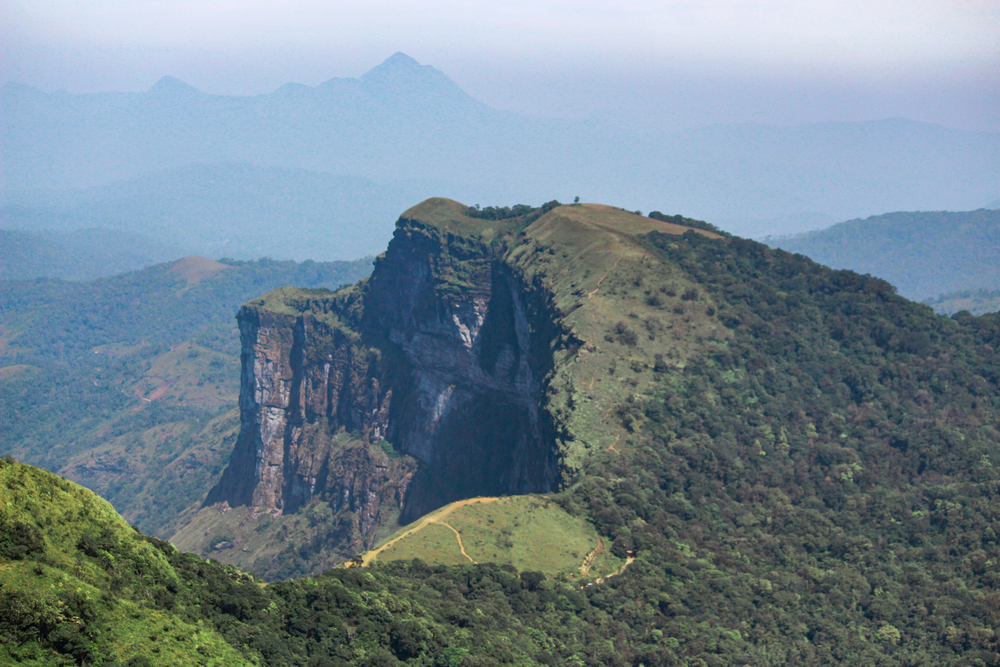
India’s sacred city presents a constantly changing pageant of spiritual practices and daily life along the Ganges River’s stepped embankments. Dawn boat rides offer perspectives of the city awakening, with silhouetted temples and the warm glow of first light creating atmospheric sketching opportunities.
Sadhus—holy men with distinctive appearances—often remain sufficiently stationary during meditation or conversation to allow even beginning sketchers to capture their likenesses. The vertical architecture rising directly from the river creates strong compositional elements naturally framing human activities along the water’s edge.
The American Southwest
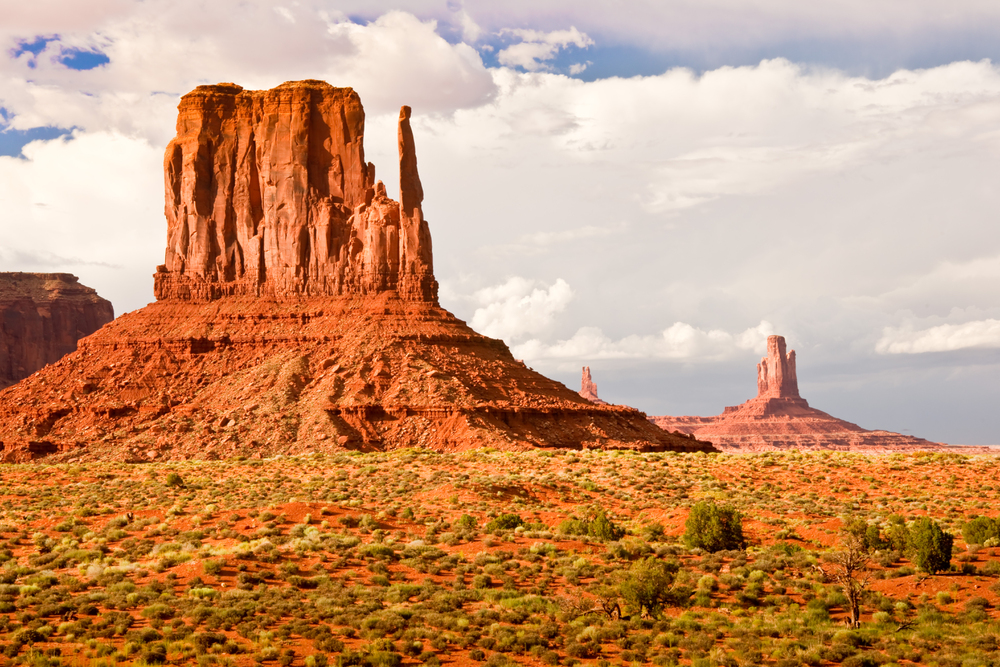
Monument Valley’s iconic sandstone formations have inspired artists for generations, their geometric simplicity making them approachable subjects for sketchers of all abilities. The landscape’s minimal vegetation creates unobstructed views where drawing can focus on fundamental shapes, values, and the relationship between earth and sky.
Dramatic shadows cast by buttes and mesas change throughout the day, teaching observation of how light transforms landscapes. The tremendous sense of space and geological time becomes more tangible through the slow process of drawing than through instantaneous photography.
Angkor Archaeological Park

Cambodia’s ancient Khmer temples provide endless drawing subjects, from monumental architecture to intimate details of stone carvings weathered by centuries. The complex spatial relationships of structures reclaimed by jungle vegetation become clearer through sketching than through photography alone, revealing the original designers’ intentions.
Tree roots dramatically entwining stone blocks at Ta Prohm temple visualize the ongoing dialogue between human creation and natural processes. Early morning visits allow sketching without crowds while taking advantage of dramatic lighting as the sun illuminates different sections of the vast complex.
Like Travel Pug’s content? Follow us on MSN.
Rome’s Piazzas
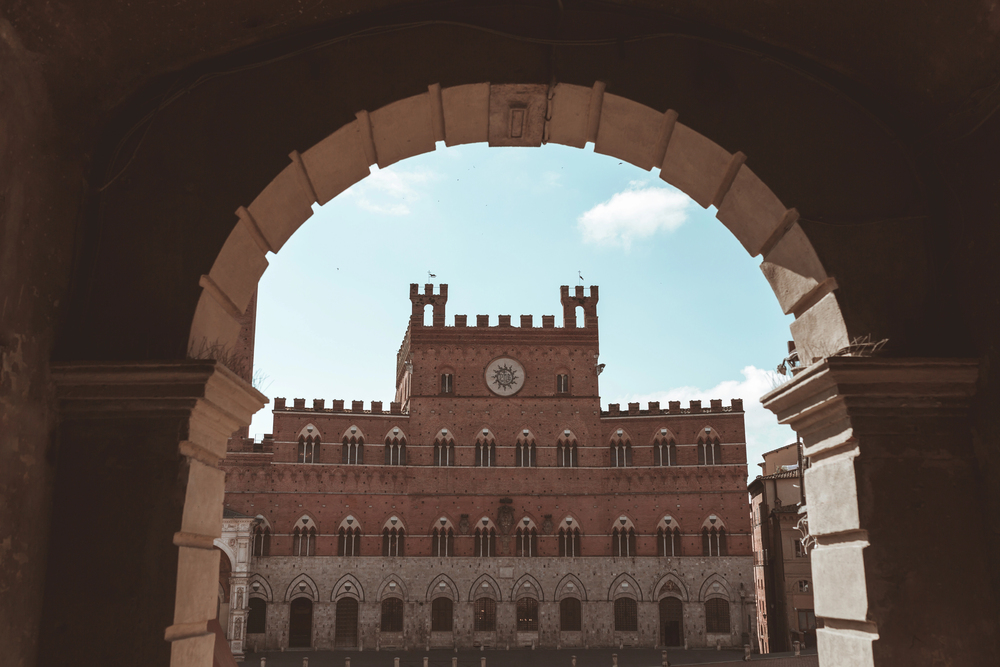
The Italian capital’s public squares function as outdoor living rooms where sketching becomes both an activity and a conversation starter with curious locals. Each piazza offers a distinct architectural character while sharing the essential Italian urban experience of social space defined by surrounding buildings.
Fountains provide focal points with both moving water and sculptural elements, challenging observation skills while teaching methods for suggesting rather than detailing certain subjects. Cafés bordering these spaces offer comfortable observation posts where sketchers can linger for hours watching the changing scene while working on multiple drawings.
The Cornish Coast

England’s southwestern peninsula presents dramatic meetings of land and sea that have attracted artists for centuries, including many of Britain’s most celebrated painters. Fishing villages clinging to steep hillsides create compositional challenges that improve understanding of perspective and spatial relationships.
Tidal patterns dramatically transform available subjects throughout the day, with exposed rock formations appearing and disappearing as the water rises and falls. The coastal path connecting villages provides constantly changing vantage points suitable for quick sketches or longer drawing sessions depending on weather conditions.
Hoi An Ancient Town
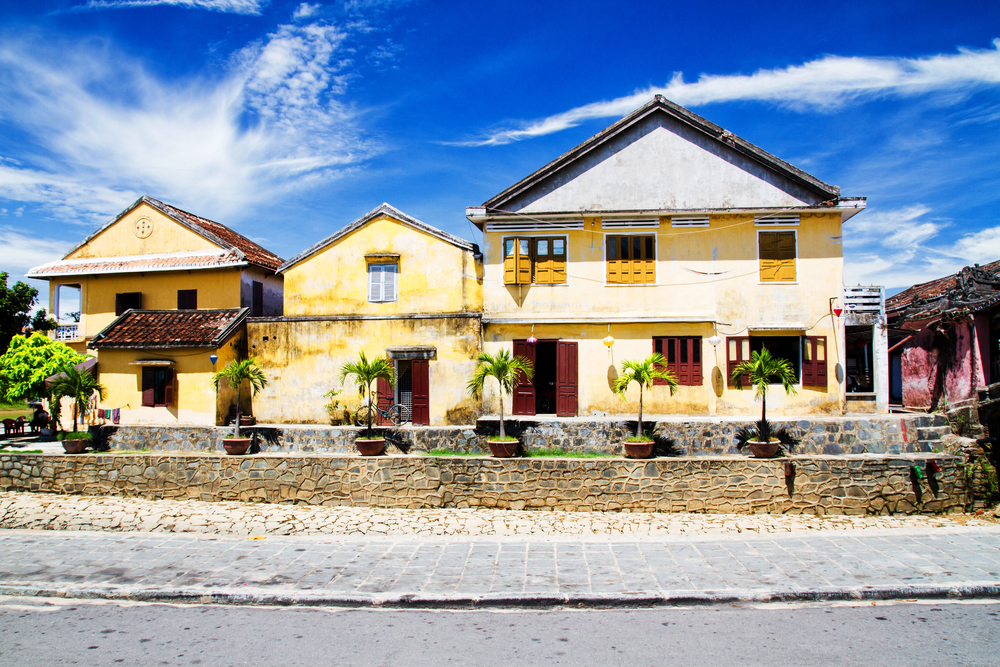
Vietnam’s remarkably preserved trading port combines influences from Chinese, Japanese, and European architectural traditions alongside local Vietnamese elements. The town’s famous handmade lanterns create distinctive lighting effects after dark, offering unusual nocturnal sketching opportunities focusing on the play of light sources.
Traditional wooden buildings reflected in the Thu Bon River double the visual interest of waterfront views while teaching techniques for depicting reflections. Monthly full moon festivals transform the entire town with candles and lanterns, creating special drawing opportunities capturing both illumination and cultural celebrations.
Like Travel Pug’s content? Follow us on MSN.
Santorini’s Caldera Views
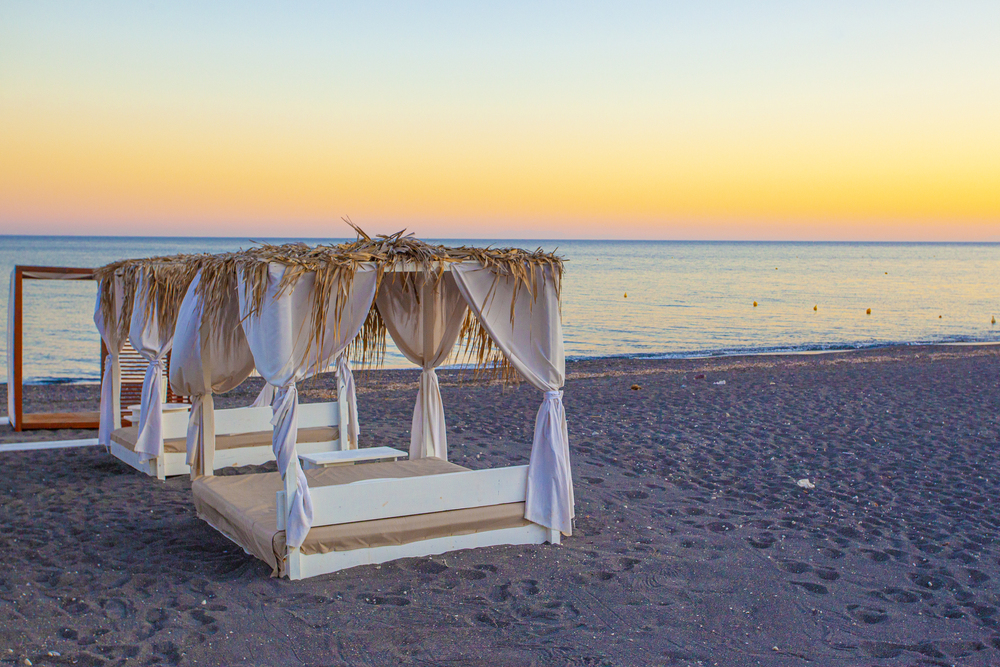
The Greek island’s white cubic architecture cascading down volcanic cliffs presents natural lessons in simplifying complex scenes into manageable drawing subjects. The stark contrast between whitewashed buildings and the deep blue of the Aegean Sea creates dramatic value relationships that encourage bold approaches to sketching.
Iconic blue-domed churches provide exercises in depicting curved forms using perspective principles. The island’s position creates spectacular sunset lighting conditions, teaching observation of how warm light interacts with white surfaces to create unexpected color and shadow effects.
Chefchaouen’s Blue Streets

Morocco’s famous blue city presents a monochromatic environment that forces focus on form, texture, and value rather than color variations. Narrow streets create natural framing devices for compositions, with arched passages providing lessons in depicting architectural curves and shadows.
The varied blues of differently painted buildings demonstrate how a seemingly limited palette actually contains immense variation worth careful observation. Residents in traditional dress moving through the blue environment create natural focal points through color contrast when introduced into sketches.
The Canals of Amsterdam

The Netherlands’ capital offers perfectly framed compositions where water, distinctive architecture, and ever-present bicycles create quintessentially Dutch scenes. The city’s famous houseboats range from meticulously maintained traditional vessels to eccentrically decorated floating homes, providing unique subjects unavailable elsewhere.
Reflections in the canal waters duplicate architectural elements while introducing subtle distortions that challenge observational accuracy. Pedestrian and cycling movement across the city’s numerous bridges adds life to architectural sketches while teaching techniques for suggesting rather than detailing figures in motion.
Like Travel Pug’s content? Follow us on MSN.
Luang Prabang’s Morning Alms
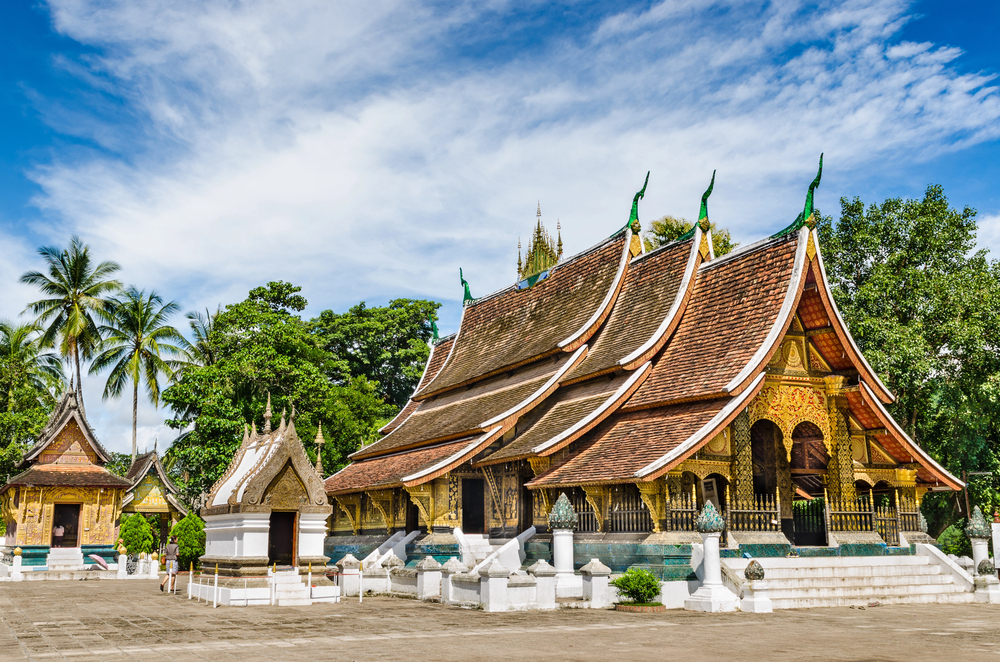
This UNESCO-protected town in Laos hosts a daily ceremony where monks in vibrant orange robes receive food offerings from kneeling locals, creating powerful compositional opportunities. The ritual begins before sunrise, allowing sketchers to capture the changing light conditions as golden monks move through blue early morning shadows.
Colonial architecture, alongside traditional Lao wooden buildings, provides contrasting structural elements that frame human activity. The slow, meditative pace of the ceremony itself mirrors the contemplative nature of sketching, creating harmony between the subject and the artistic process.
Paris Café Culture

The French capital’s sidewalk cafés provide perfect vantage points for sketching both architecture and people while participating in a cherished local tradition. The distinctive Haussmann-era buildings lining Parisian boulevards offer lessons in drawing ordered architectural facades with their rhythmic windows and balconies.
Fellow café patrons absorbed in conversation or people-watching become natural, relatively stationary figure-drawing subjects unaware of being observed. The city’s dramatic monuments and landmarks are visible from strategic café locations, allowing sketching famous sites while enjoying quintessentially Parisian experiences.
The Ancient Olive Groves of Puglia
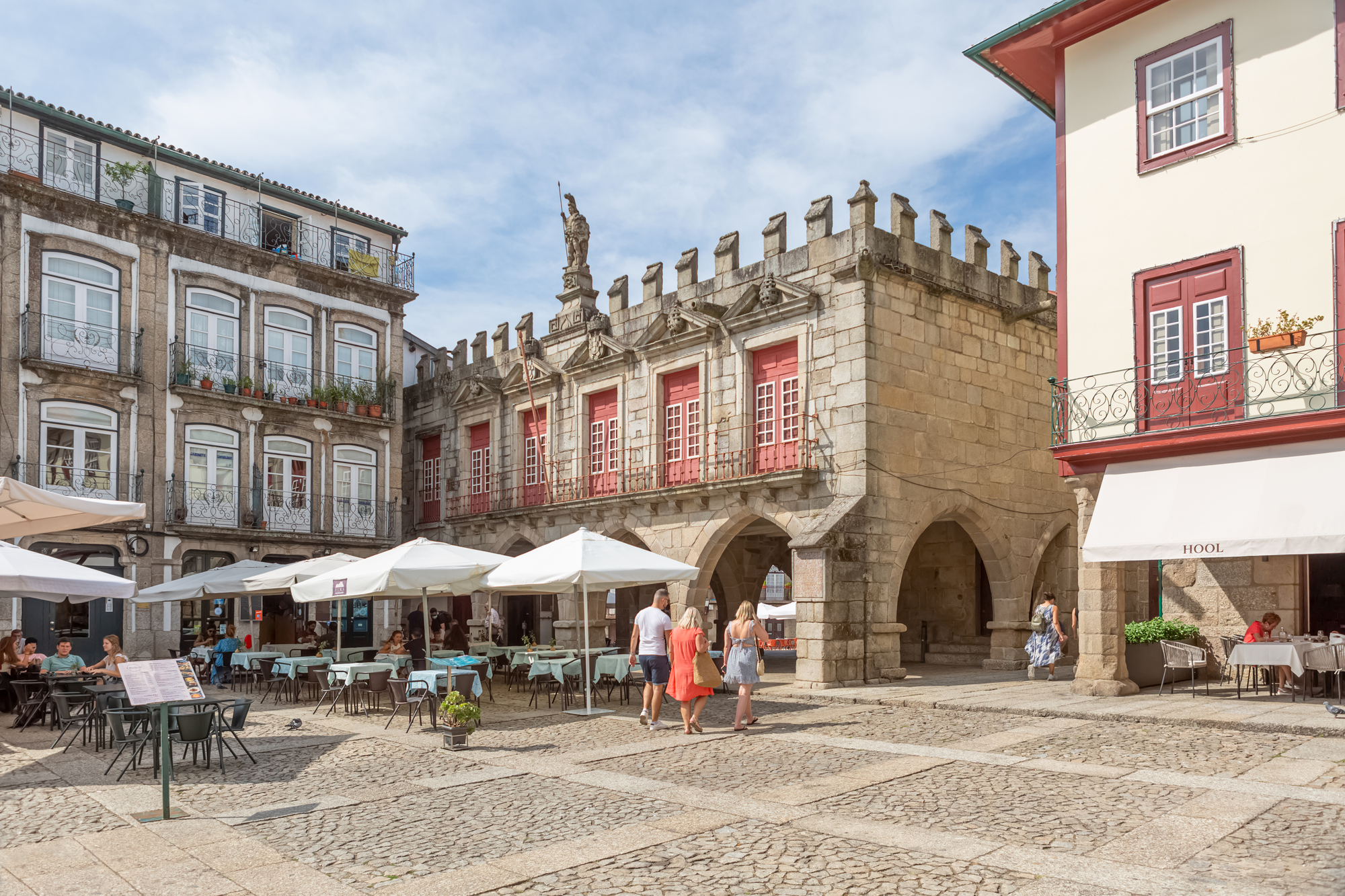
Southern Italy’s centuries-old olive trees with massively contorted trunks create sculptural forms that have witnessed millennia of human history. Each tree presents a unique character formed through centuries of growth, offering natural lessons in depicting organic forms with personality and presence.
The silvery leaves catching Mediterranean light create subtle value studies challenging both observation and rendering techniques. The surrounding agricultural landscape, with its distinctive trulli structures, provides architectural counterpoints to the ancient living sculptures that dominate the region.
Like Travel Pug’s content? Follow us on MSN.
Drawing Deeper Connections
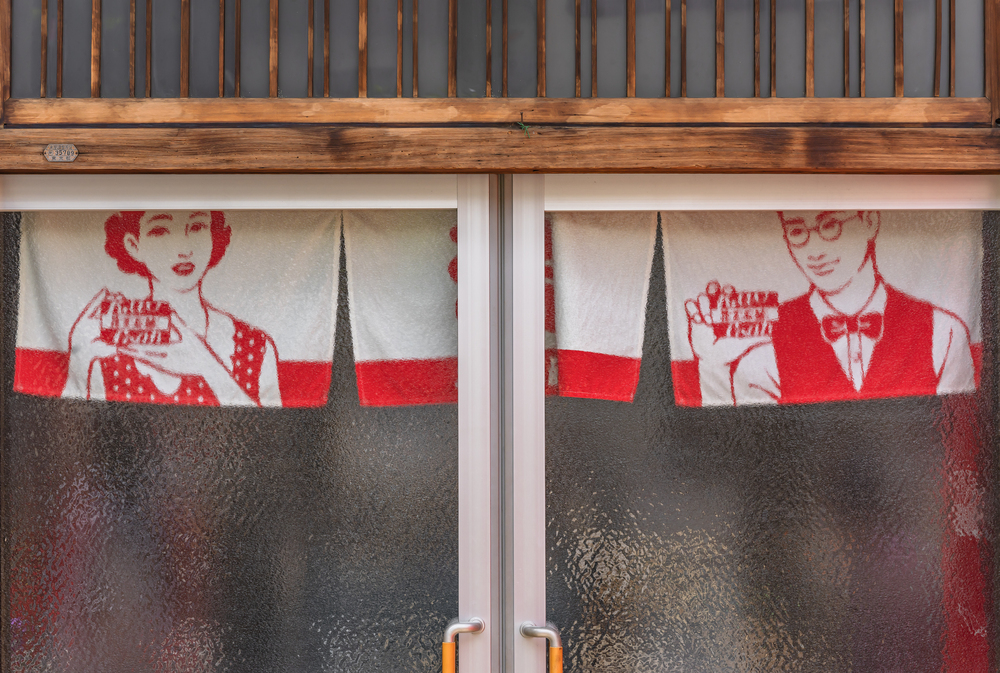
These sketch-worthy destinations remind us that recording travel experiences through personal artistic interpretation often creates more meaningful and lasting memories than capturing perfect images. The act of drawing—regardless of technical skill—forces a quality of attention that transforms brief visits into deep engagements with places and their essential character.
While photographs capture moments, sketches document experiences, creating souvenirs filled not just with images but with the time, attention, and personal response that constitute the true value of travel.
More from Travel Pug

- Cities Growing so Fast You Won’t Recognize Them in 10 Years
- 13 Destinations Where Tourists Regularly Regret Their Trip
- 20 Obscure WWII Sites Even History Buffs Don’t Know About
- 10 Under-the-Radar Mountain Towns That Are Both Affordable and Beautiful
- Remote Villages in Europe Where You Can Live for Free in Exchange for Work
Like Travel Pug’s content? Follow us on MSN.
